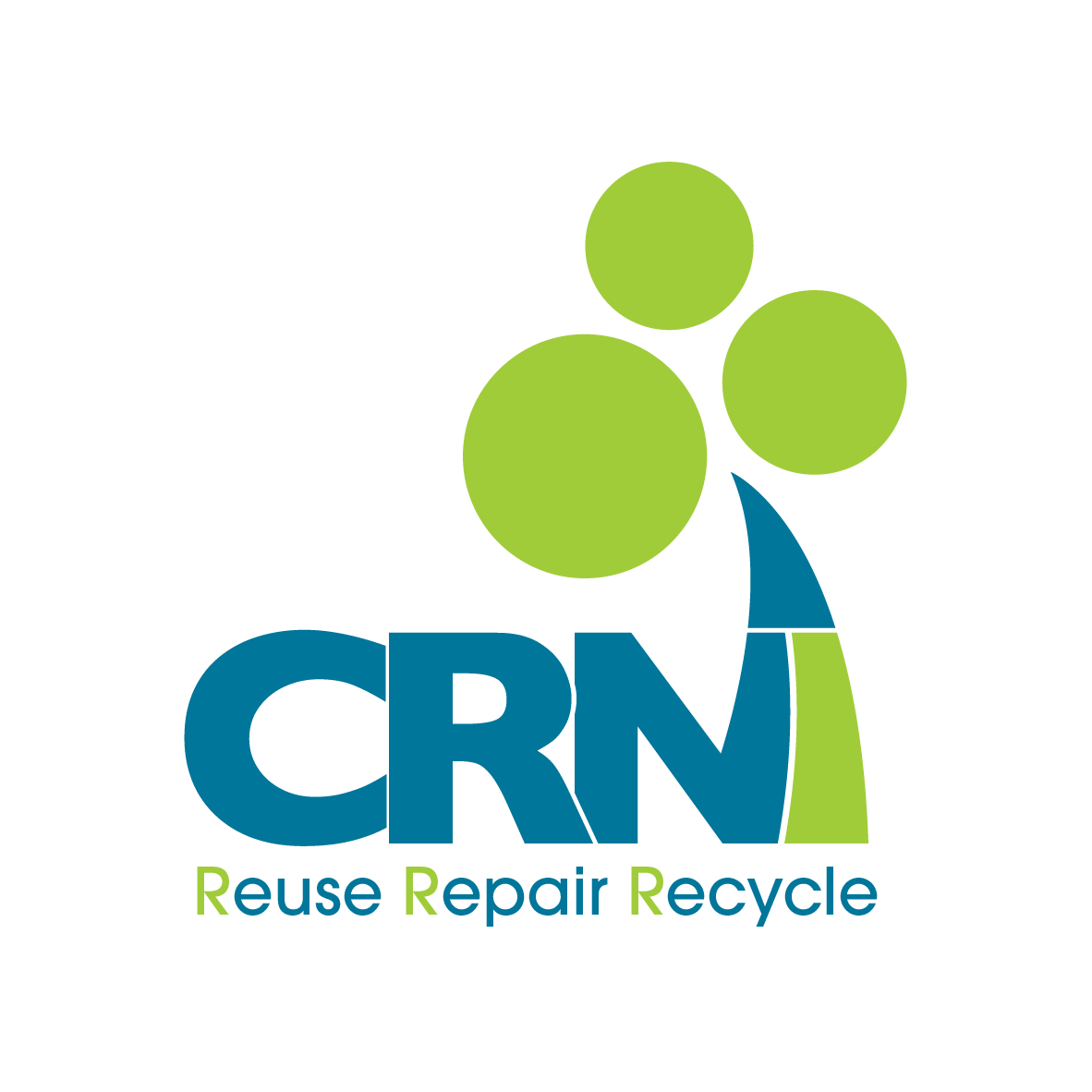
Guest news contributor, Linda Ward, Principal of Retail Renewal and Secretary of the Irish Charity Shops Association
Climate change isn’t your fault. Perhaps not; but what can you do as an individual to reduce it and will it make any difference? You could argue that the individual can’t make any difference as 70% of the world’s greenhouse gases (GHGs) can be attributed to 100 companies according to a 2017 Carbon Majors report by CPD, an international non-profit climate research company. These companies include ExxonMobil, Shell, BP and Gazprom who extract and process fossil fuels for our consumption and to fuel the manufacturing industries.
Over half (52%) of all global industrial GHGs emitted since the start of the industrial revolution in 1751, have been traced to these 100 fossil fuel producers.
Wow, that is some statistic. We can’t change the past but we can change how we behave now. The choices we make today will impact our own future and that of future generations.
What can we do now to reduce our dependence on fossil fuels?
- Choose how we consume fossil fuels directly (walk, cycle, use public transport, use an electric or hybrid car, leave the car at home or go car free, use renewable energy in our homes).
- Choose how we consume the goods and services that make up our daily lives.
It’s how we do the second of these that I’m going to delve into now, with emphasis on how we consume clothes.
Need and desire – the morality of fashion
Last week The Moral Maze on BBC Radio 4 talked about The Morality of Fashion. An interesting listen with some gems including this one from Giles Fraser.
Need is satiable, desire is insatiable and that’s why it’s the crack cocaine of capitalism. It works by making you dissatisfied….you need to go out and buy more stuff.
I didn’t think I’d be quoting a priest on sustainable fashion but I think he has a point. Social media, influencers and the advertising world all tell us we need to consume more and keep up to date. However I think the consumer tide may be turning.
Personal behaviour
If you bring your reusable coffee cup and reusable water bottle with you everywhere, is that enough? It’s a great start and is often the first step to begin thinking about the quantity and quality of the stuff we consume. For a lot of people, shopping for clothes is a frequent and often weekly task, for some it’s even a hobby. Buying something new for that night out, family occasion or the-sun-has-come-out-and-I’ve-nothing-to-wear seems essential. But it’s time for a change in mindset instead of another change of clothes.
What is already in the wardrobe?
So for fashionistas a shift in approach can come about by considering a few small changes.
- Have I already got something I could wear? It may be in the back of the wardrobe but with some different accessories, that dress could look different. Or mix and match things you wouldn’t normally wear together.
- Beg, borrow or steal from a friend/ neighbour/parent or sibling! Clothes swapping is very chic.
- Upcycle your “old” clothes. Get creative and become a refashionista!
The principle here is to make better use of stuff that is already in existence. The carbon needed to make it has already been consumed. Most of the carbon footprint of clothes is in manufacture and transportation to the end consumer. So it makes sense to extend the life of your clothes. Start loving your clothes by using this great resource from WRAP UK.
Fast fashion is everywhere. What is the alternative?
Fortunately, there are plenty of alternatives. It may take a bit more effort than going into the local shopping centre where there are racks of the same thing in different sizes. You will be rewarded with a unique garment that is probably better quality than a new one. And you won’t bump into someone wearing the same outfit as you!
- Discover Vintage and second-hand shops both online and bricks and mortar. They are springing up everywhere now and here are a few good ones.
Shops: Dublin: Om Diva, Nine Crows, Siopaella Cork: Miss Daisy Blue Galway: Public Romance
Online: Vintage finds you, Dublin Vintage Factory, Tola Vintage
This is just a small selection of the many shops out there now. - Hunt for treasure in your local charity shop. With nearly 500 shops nationwide there is sure to be one near you. The Irish Charity Shops Association has a comprehensive listing. Many offer a vintage selection and also do books, furniture and household items. As well as looking good you’ll feel good by helping a cause you care about.
- Buy smarter by looking for better quality clothes that will last longer. They can often be repaired more easily. Once they come to end of their usefulness for you it will still be a wearable garment for someone else. You can swap it with a friend, sell it through a second hand shop/online forum or donate it to a charity shop.
The principle here is to buy less and buy better quality, or to buy something pre-loved or pre-cherished!
Consumers don’t buy ethical goods
This is often the justification for large retailers to continue with their existing business model. Recent research (published in The Harvard Business Review in June 2019) has shown that consumers actually do buy sustainable goods. This report looks at Consumer Packaged Goods (CPG) which, in this report are mainly food, toiletries and cleaning products. In the categories studied, they recorded a 50% growth from sustainability-marketed products from 2013 to 2018. They conclude:-
Corporate leadership should no longer give brand managers a pass when they claim that there is no demand for sustainable products. And investors should support companies in making the investments needed for the pivot. The future for CPG, and increasingly for other categories such as apparel, is sustainable.
A transparent future for product sourcing
Up until recently it was hard to know where companies sourced their clothing as it was up to self-disclosure on corporate websites. A new open source register Open Apparel Registry was launched in October 2018. This textile sector-specific online transparency tool is a database of apparel facilities using Google’s Geo-coding to identify yarn and fabric mills, textile dye houses and finishers, as well as garment manufacturing worldwide. Currently 65,000 suppliers are listed. You can search by name, facility, type or by country. A search on Bangladesh revealed 1038 facilities registered. You can click into each one to see which retailers they supply. It is funded by the C & A Foundation, started life in 2011 in the MIT Media Lab and was developed by Sourcemap Inc.
Commenting at the launch Dr Leonardo Bonanni, founder and CEO of Sourcemap said,
Apparel facilities can now be searched much like finding an address on Google Maps, which we expect will create an industry where one day, every article of clothing is traced to its source.
Wouldn’t it be great if the fashion industry adopted the traceability that we now take for granted when food shopping?
Next steps
This is a snapshot of some of the ways we can all help to combat climate change through how we shop for clothes. The individual does matter and collectively we can make an impact. It is individuals who have moved climate action to the top of the agenda, from Sir David Attenborough at Glastonbury to Greta Thunberg addressing the UN Climate Change Conference.
Last month we looked at 5 ways that the fashion world is contributing to climate change. I concluded:
In my view there are three elements that drive the change in this multi-billion euro industry towards a more sustainable future.
- Behavioural change by the consumer.
- More and better choices provided to the consumer by manufacturers and retailers.
- Statutory rules laid down by governments to enforce the desired changes.
We’ve covered no 1 so next month I’ll be looking at how manufacturers and retailers can provide goods and services and reduce their own carbon footprint, and therefore make it easier for consumers to reduce theirs.
© Retail Renewal 17/07/19
Retail Renewal offers practical solutions for the ever-evolving challenges of running a retail business today. Find out more on www.retailrenewal.ie If you’d like to get in touch with Retail Renewal about your retail or business project please give Linda a call on 086 8146949. Let us help you to grow your business and your profits.
https://www.loveyourclothes.org.uk/
https://www.omdivaboutique.com/
https://www.facebook.com/missdaisyblue/
https://www.publicromance.com/
https://www.dublinvintagefactory.com/
https://www.bbc.co.uk/programmes/m0006lsp
https://en.wikipedia.org/wiki/Giles_Fraser
https://hbr.org/2019/06/research-actually-consumers-do-buy-sustainable-products
- July 23, 2019
Sign up to our quarterly newsletter for more information on reuse and recycling and be part of Ireland’s only reuse and recycling network. For information about our privacy practices, see here.



